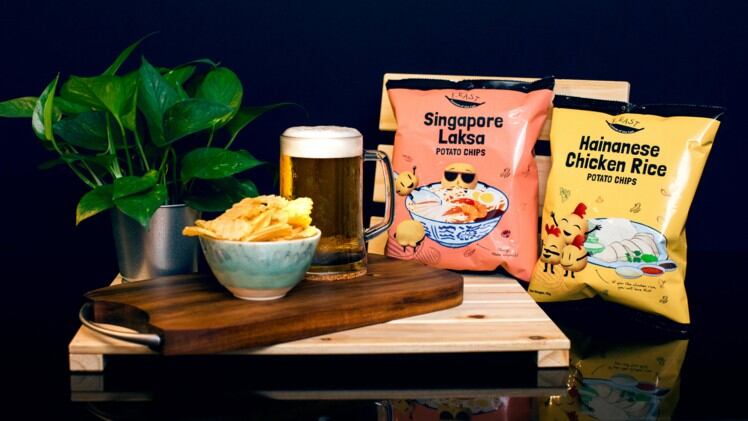Understanding the shifts in consumer lifestyles was critical, Karen Stanton, the global marketing and branding director of flavours told FoodNavigator-Asia.
“For example, we are looking not just at the ‘flavour of the month’, but are looking at consumer lifestyle shifts - emerging themes that will help us understand the most important challenges and opportunities shaping the consumer landscape,” Stanton said.
“Consumer needs are shifting more rapidly than ever before. In response, IFF has completely changed its approach to innovation with a technology pipeline that can address cross-category needs.”
“The research is cross-category (across all of our business units), in order to look beyond just taste or just scent or just nutrition so as to have a broad fundamental approach to short- and long- term innovation.”
At present, the firm is looking at six different areas for taste innovation, such as opportunities arising from plant-based diets, culinary taste, taste modulation, natural ingredients, and sustainability issues.
For instance, a drop in global citrus supply has inspired IFF to develop citrus flavours from sustainable and renewable sources.
“Our response to this problem is twofold, which includes the development of technologies that respect and extend existing resources through by-product revalorisation, backward integration and sustainable sourcing, and also innovative natural citrus flavours from renewable, non-citrus, non-agricultural sources,” she said.
She added that it was important to observe macro shifts in the global society in order to prepare for longer-term opportunities.
“Whilst no-one has a crystal ball, without this far reaching insight (from macro societal shifts), we will never be able to prepare technologies (which have long development lead times) to deliver on new taste, scent, and nutrition frontiers.”
Five emerging flavour trends
From health and wellness to consumer trust, Stanton highlighted five emerging flavour trends that were shaping demand for new food and beverage products in Asia.
1) Health & Wellness
With heightened interest in health and wellness, any flavours that were, or could be associated with health were growing strongly, she said.
Fermented flavours, such as kimchi and kombucha, are examples of increasingly popular flavours due to their perceived health benefits.
Indeed, in the case of kombucha, the market is predicted to grow 25% each year by 2020, due to its image as a healthier option, while kimchi is recognised as a gut-friendly food.
Globalisation and product premiumisation have also driven the popularity of these flavours, she said.
2) Natural
Consumers are looking for elements that are associated with natural, pure, and fresh.
“Any flavour or ingredient that can be associated with natural or positioned as pure, raw etc. is growing,” she said.
This includes the use of natural production and processing methods, such as fermentation and brewing, over the use of artificial processing methods.
The use of brewed ginger in beverages was an example of a beverage produced with natural processes, while natural ingredients such as herbs, spices, and botanical ingredients including turmeric, butterfly pea flower were also welcomed by the consumers, she said.
3) Globalisation
Globalisation is driving flavour trends in APAC.
The Japanese influence was particularly strong across Asia, with the wasabi and sakura as classic examples, she said.
She gave the example of the sakura flavour, which was usually introduced as a limited edition flavour during spring time.
She also observed the increasing use of cheese in Asia, due to influence from the European markets.
4) Fusion
Fusion refers to combining flavours that contrast or complement one another, with sweet-and-sour flavoured snacks a typical example.
There was also a rise in fusing culinary tastes into snacks, she said, pointing to the example of salted egg yolk flavoured snacks in Singapore.
Adding to the point above, Singaporean start-up F. East is also another example of a firm that has introduced locally-inspired potato chips flavours, such as Hainanese Chicken Rice and Singapore Laksa flavours, into the market.
Also key was the ability to provide a different sensory experience, such as a sour-flavoured beverage, as opposed to the usual sweet flavour, she said.
5) Trust and Transparency
Consumers have learned how to read product labels and are looking for greater transparency in the food that they eat.
“There is a huge amount of distrust happening with consumers right now, across the entire food industry and I am not just talking about the food industry either, but across many industries, institutions, the decline of trust is a very big issue,” she said.
She pointed how consumers are seeking trust based on reputation, such as referring to consumer reviews, a departure from institutional trust, before making a purchase. She thus urged firms to devise ways on building consumer trust.





